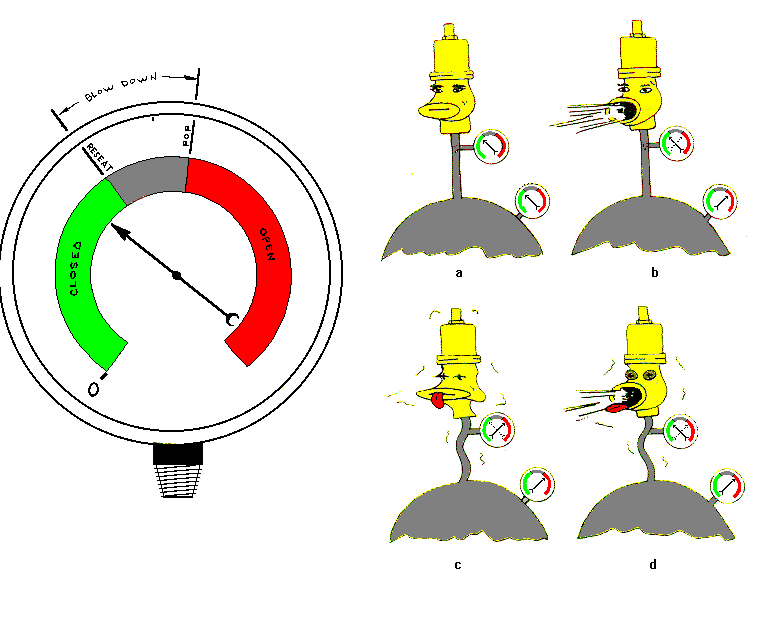Most releif valves are designed to have acoustically choked flow ( mach no = 1.0) at their orifice, and the inlet nozzle will likely have a flow area at least 4 times that of the orifice , for a mach no < 0.25 . If the inlet pipe has a smaller area it will have a mach no > 0.25 and will have excessive pressure loss during valve operation, leading to chattering of the valve. Also, the piping reaction can lead to deformation or vibration of the piping ; the very high change of fluid momentum across the valve during lifting must be calculated by the piping designer and restrained by supports and included in the analysis of pipeline stresses.
"...when logic, and proportion, have fallen, sloppy dead..." Grace Slick


